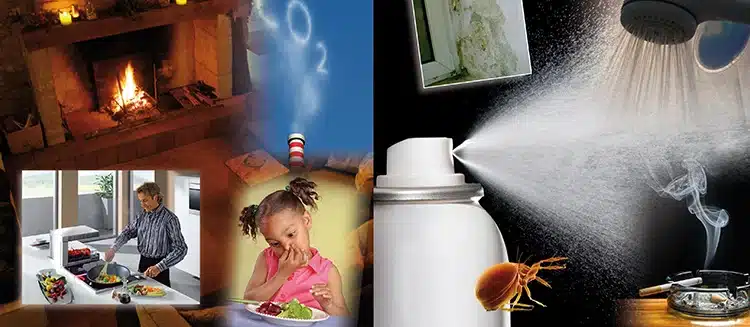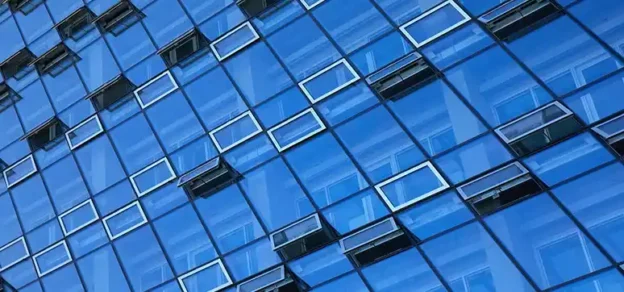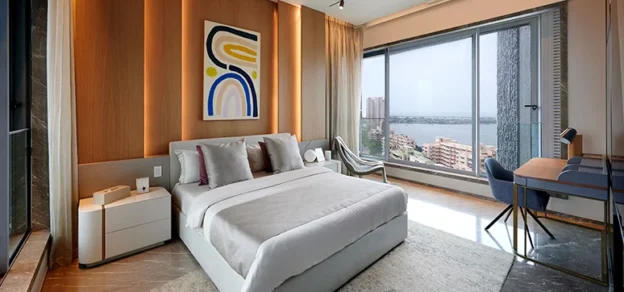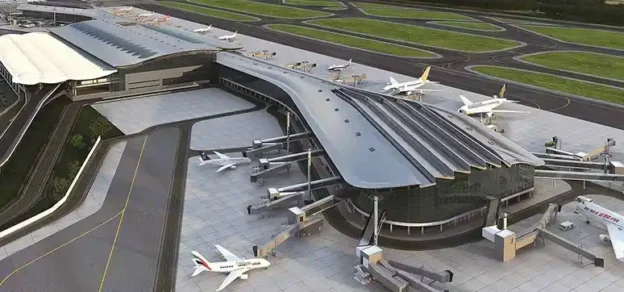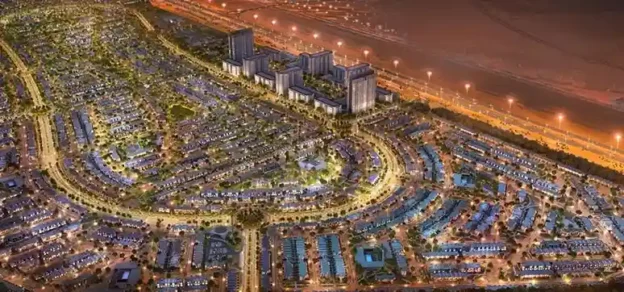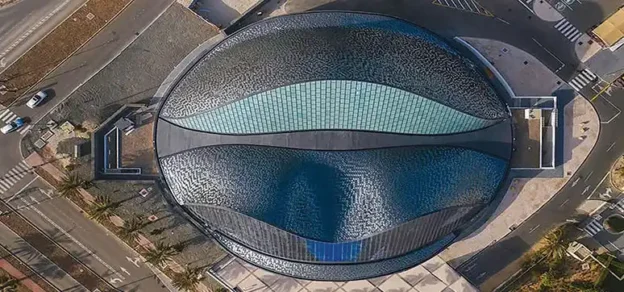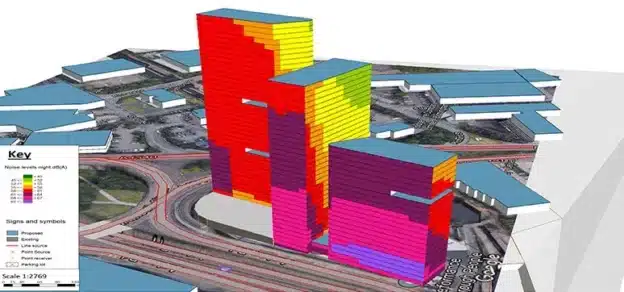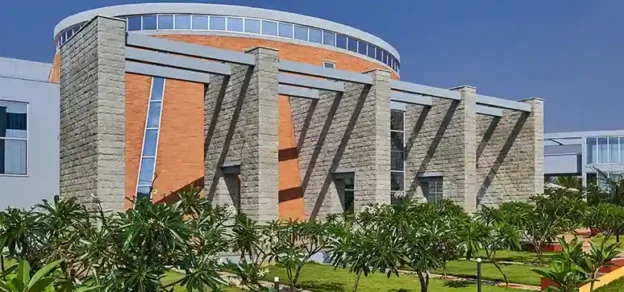Although we like to be outside as much as possible, people are still spending an average of 85 to even 90 per cent of their time indoors: in schools, on the working floor, in offices, but most of all in our own houses or apartments. Therefore, it is of utmost importance to take into account these aspects that influence the inner climate, such as fresh air. As the interest in insulation and airtight construction is growing, the importance of a good ventilation is also increasing. Air circulation, replacing polluted indoor air by fresh outdoor air, leads to a healthy and comfortable indoor climate. A topic to really think about …
Each day, the indoor air is polluted by a number of sources; occupants (breathing, sweating), their activities (cooking, showering, heating, smoking, etc.) but also by the building itself and its furnishing (radon, volatile organic compounds, paint, glue, varnish, detergents, etc). Do you know, that a new building has 3000 to 5000 litres of humidity, which has to disappear and that humans during normal activity produce about 1 litre of sweat every day? The concentration of all these pollutants indoor can be 2 to 5 times worse than outdoor levels, occasionally even much higher. We do not see these pollutants, but they are there and they have an impact on our health if we do not take the necessary actions to get them out of our buildings.
With an increasing trend towards airtight construction, there are problems with humidity,CO2 and various other substances staying inside the home as adequate ventilation is not considered. As a matter of fact, excessive insulation and inadequate ventilation create a dead and stale air which accumulates mites, moulds, viruses, bacteria, as well as moisture and harmful chemicals. It has been proven that breathing larger amounts of these pollutants for even the shortest period will affect our lhealth. This may cause health problems (irritation of eyes, nose and throat, headache and sickness, among other issues) as well as comfort problems (smells, condensation, and moisture). This is why we must regularly and properly ventilate our buildings.
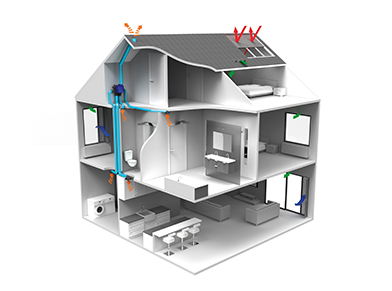
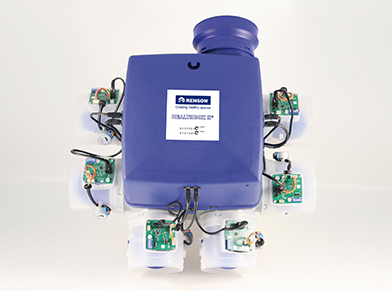
Do you Know
- A new building has 3000 to 5000 litres of humidity, which has to disappear and that humans during normal activity produce about 1 litre of sweat every day?
- If the humidity is over 75 per cent for more than 72 hours you will have mould in your house.
- The number of dust mite increases exponentially with the increase of the humidity and that this is the main reason for allergies.
- The concentration of all these pollutants indoor can be 2 to 5 times worse than outdoor levels, occasionally even much higher.
- The CO2 level in an average room will reach the unhealthy level in 3 hours if the room is not ventilated adequately.
- Radon is the most dangerous radioactive gas and it is widely found in houses.
- We do not see these pollutants, but they are there and they have an impact on our health if we do not take the necessary actions to get them out of our buildings.
- 16 per cent of all heath spending is related to the air quality!
How to Ventilate?
Humans do need about 20 m³ of fresh air to feel well. Fresh air, full of oxygen, gives us energy, improves concentration and avoids sleepiness. In the past, ventilation was not an issue, as most of the old buildings had their own ‘natural’ ventilation through cracks in the construction. Today, our houses and other buildings are constructed as airtight as possible and architects and builders need to include elements, guaranteeing the indoor air quality is not poor.
Many people still believe that opening windows from time to time is sufficient. However the effect of openings windows is only temporary and ventilation through open windows is uncontrollable and, therefore, wasting energy. In addition, they lead to other problems, such as noise, the risk of burglary, the intrusion of insects… Many buildings are also equipped with air-conditioning systems. People or building operation and maintenance companies are, however, setting these air conditioners with energy savings, which means they are just recirculating already cooled air, without combining it with fresh outside air. As a consequence, the pollutants concentrate inside the room. A controlled ventilation, 24 hours a day, is the only effective and secure solution to obtain a good indoor air quality and a healthy inner climate.
The A, B, C(+), D of Ventilation
In general, there are 4 different ways of ventilating, all of them based on the same three principles:
- The supply of fresh air in the dry rooms, such as living room, sleeping room…
- The drive of air through the dwelling via halls by means of louvres in the doors.
- The extraction of filthy air in the wet areas, e.g. toilet, kitchen, bathroom …
These ventilation systems are classified by the way the air is supplied and extracted.
A: Natural Supply and Extraction.
The most easy and cheap way of ventilating, which does not always respect the standard. The circulation of air happens in a natural way based on the differences in pressure. The air enters the dwelling through adjustable openings in windows, walls or the roof. These openings are adjustable as they can be opened or closed just a little bit. In this way you can prevent the ventilation to go in overdrive during windy days. Some of these openings are self-regulating, which means they determine the volume of supplied air depending on the weather. Slits under doors allow the air to circulate through the dwelling, ending in the wet rooms, where it is extracted in a natural way by means of adjustable extraction openings.
B: Mechanical Supply and Natural Extraction.
Using ventilation system B, the fresh air supply happens mechanically and the air is circulated throughout the dwelling via integrated ventilation channels. The mechanical supply of air results in a so-called chimney effect, resulting in the automatic extraction of air in a natural way. Combining a mechanical supply and a natural extraction, this system can be used to ventilate in a correct way in loud areas or in places where smells can appear. This supplied air can be directed through a filter before entering the dwelling. This kind of ventilation is however barely used in dwellings. Why? The answer is simple: the ventilators of the system are constantly using electricity. The system cannot be stopped and is therefore less interesting than a demand-controlled ventilation system C+ or D.
C: Natural Supply and Mechanical Extraction.
This is a system, which can be easily integrated in new builds and renovation. The installer only has to integrate a minimum of ducts and apart from the regular maintenance of the extraction louvres and the self-regulating window vents no further maintenance is needed.
C+: Natural Supply and Demand-Controlled Extraction.
The difference between C and C+ is the demand-controlled extraction, using modulating extraction louvres. The ventilation level is adapted based on the way of living. As the ventilation level is never higher than really needed, energy consumption can be minimized. This kind of systems use a central extraction unit, combined with extraction louvres in the various wet rooms.
Ventilation system C+ combines the constant supply of fresh air through self-regulating vents and the transit via door grilles with the extraction on-demand of polluted air in the wet as well as dry rooms thanks to a central extraction unit Healthbox. This unit has a powerful motor with control modules that can ensure proper ventilation of any connected room at all times. Dynamic sensors measure the extraction air in both the wet and the dry rooms 24 hours a day on CO2 or humidity and/or VOCs and adapt the ventilation level to the needs of the residents in an intelligent way. In this way, the Healthbox® makes a healthy indoor environment possible. Thanks to a new integrated technology, the polluted air is not only extracted in the wet rooms, but also in the sleeping rooms, which is very important to have a good air quality during sleep.
This technology ensures that the house is optimally ventilated according to the residents’ activities. As a matter of fact, you can have ventilation controlled within the rooms the residents are most present. When they are watching television, the extraction level is raised in the living room. When they go to sleep, the extraction in the living room is decreasing and more polluted air is extracted in the sleeping rooms. Result: RENSON® developed a system that follows the residents and guarantees an optimal air quality in the house.
The supplied air in this setup is not heated. In order to prevent draughts it is better to use self-regulating window vents. The more wind, the more the valve is closing, resulting in the same volume of air supplied at all times. When you are living along a road with a lot of traffic, you can use acoustic window vents. In this way, fresh air is supplied without having problems with disturbing noise.
D: Mechanical Supply and Mechanical Extraction.
System D is based on the mechanical supply and extraction of air by means of ventilators. Both the supply and extraction can be controlled, but you need to have a double duct net: one for the supply in the dry rooms and one for the extraction in the wet rooms. In most cases, systems with heat recovery are used. The supplied air is then heated using the warmth of the extracted air. This system has its advantages in some cases, but is also more expensive as you need to have more ducts and you have to take into account the maintenance and change of filers on a regular basis in order to prevent health problems.
Think About Mechanical Ventilation
Demand controlled ventilation (DCV) allows air to be circulated according to a building’s use and occupancy. DCV uses sensors to monitor and measure ambient conditions and feed real-time data back to a controller, which adjusts the fan speed modulating the ventilation rate to match the use and occupancy of the building. In this case, ventilation rates are kept to a minimum when nobody is the building or in a specific room. The ventilation is increased when people are entering a specific area of the building. This results in a good air quality in every room of the building and reduces energy in a significant way.
Just an example: if people get up in the morning, they first go to the toilet. The clever sensors of the ventilation system notice someone entering the toilet and immediately increase the ventilation level in the room. When the occupants of the building move from the toilet to the bathroom taking a shower, the ventilation system will detect the increase in humidity and automatically adapt the level of ventilation in both rooms. In the end, when people are going to work, the ventilation will be reduced to a minimum.
Today, demand controlled ventilation can even be extended to the bedroom. As the sleeping rooms are seen as dry rooms, in a normal setup only supply of fresh air is integrated, no extraction. The new technology adds extraction to the bedroom, because during the night people are creating a lot of filthy air, reducing the air quality in the room. By extracting bad smells, humidity and other pollutants out of the bedroom, people are guaranteed a good and healthy rest during the night, increasing activity and improving life quality during the day.
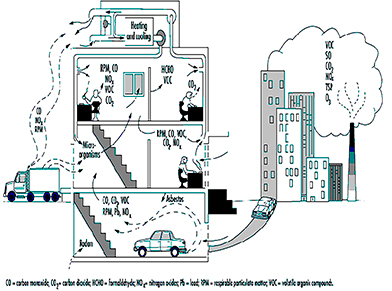
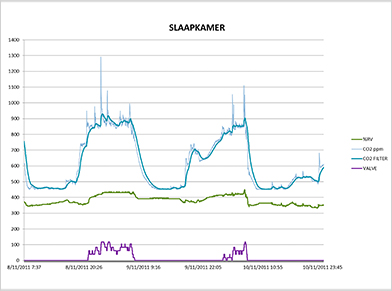
For more information:
Kendre Makarand,
Area Sales Manager India – Pune based
+91 98 22 912 403 – kendre.makarand@renson.net
